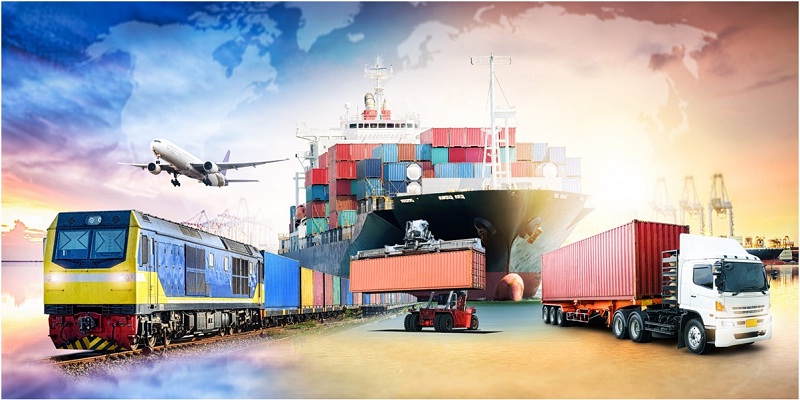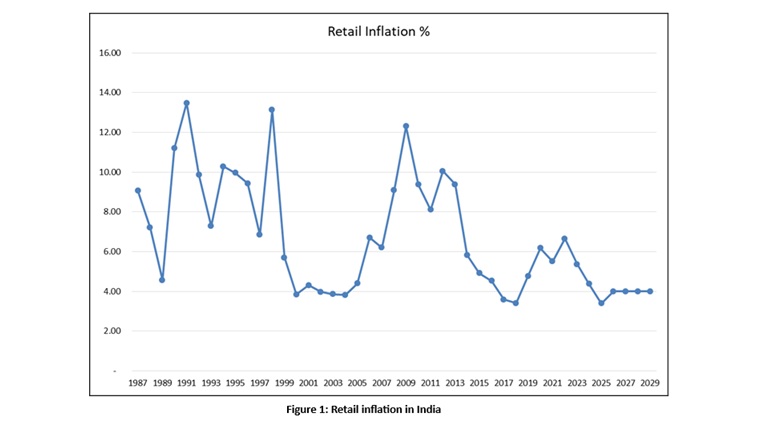Schedule a Call Back
How the PM Gati Shakti is the culmination of many efforts
 Articles
Articles- Apr 11,23

Announced on August 15, 2021, launched on 13 October 2021, and approved by the union cabinet committee on economic affairs on 21 October 2021. The timeline of a new India in action. The PM Gati Shakti is an integrator scheme, after many predecessors, like, Make in India, Skill India, AMRUT Plan, Digital India Mission, Start Up India, Stand Up India - were launched since 2014. The sequence indicates a deep thinking along a vision, envisaging a vibrant and developed India, a total eradication of poverty, and the transformation of a country. Many have attempted transformation efforts on much smaller scales, some succeeded, but many have failed, their number will easily outnumber those who succeeded, by a magnitude, at least.
The series of schemes launched in an unending flurry is unique in the history of India. Figures speak for themselves. Just to cite one example, there were 74 airports in the country till 2014, in the next seven years, 66 more have been added. And the target is to have 220 by 2025. And the aviation minister, Sri Jyotiraditya Scindia, is so busy with this work, that he is hardly ever seen in the media.
And, in a timely manner, the new scheme – the ‘mother’ of all earlier schemes targeted to get India into the ‘world manufacturing hub’ mode – the PM Gati Shakti scheme has been put in place. Timely, because, the number of schemes launched have been so many that work is going-on on so many fronts, and it is time to take a closer look at the activities. So, how does India go about doing this? By using technology, vision, thoughtfulness and ‘taking a look at things in an integrated manner’. I can see the similarity of this plan with that of the creation of the MITI by the Japanese government, in 1949. The role that it played in the 50’s and 60’s, to create the manufacturing powerhouse that Japan became, is well known. Similarly, one can check out the ‘Marshall Plan’ of the USA, to rehabilitate Europe after WW II. China has used a series of ‘central planning commissions’ to drive its industrial development, which resulted in the creation of the worlds second largest economy, after the USA, at about 18 trillion USD, currently.
So, India is following the same pattern. While we have had the planning commission for many years, it was, as per its title and authority, asked to do only the planning part, and not get into the monitoring. That was left to the finance ministry and the budget making people. It has now become necessary to combine these two roles, but by a ‘concentrated’ agency, like the MITI, to be a force for ‘transformation’. In the language used by John Kotter, a famous researcher and author on ‘leading and making change happen’, the PM Gati Shakti is the body that will build the ‘coalition for change’.
The PM Gati Shakti Scheme – or PMGSS, for short – is a Special Purpose Vehicle (or SPV), to run a programme, to plan, monitor, promote, achieve, and take the glory or the blame for performance/ non-performance. Accountability has been created, for the first time. Of course, it is true that the PMGSS is a group of many government departments (or ministries) which have been asked to come together and work in unison. The agenda is huge. Identify areas for thrust, set targets for monetary requirements, get the private sector involved to generate a large part of the funds, ensure that the initiatives are strictly in the infrastructure areas. Also included are: receive proposals from bodies – states, corporates, privates, etc. – for the various thrust areas, to evaluate and approve proposals for implementation, assume responsibility that the money is being spent well and will create the results on time, as per schedule, and …………. One needs to only study the predecessors’ actions – MITI, the US government’s Marshall Plan, etc. – to drive the transformation.
The ultimate goal of the PMGSS is to take India’s GDP to $ 5 trillion by 2025 and $ 20 trillion by 2040. However, it is not just the GDP alone that needs to be achieved. In the classical way of TQM and Business Excellence concepts, it needs to be done by using appropriate enablers, processes, using the feedback loops for CAPA – Corrective and Preventive Actions.
PM Modi is a great believer in the power of technology. And, digital technology has been used by the PM Office – PMO – in creating the data warehouse for PMGSS. The creation of this data warehouse has ben described as ‘by including all the existing/ planned initiatives of various Ministries/ Departments covering various Infrastructure Ministries & Ministries involved in development of Economic Zones with 200+ layers with “One Centralised Portal” providing visibility to all the stakeholders. The portal is used to not only disseminate data to the participants, but also many other functions, under the ‘six-point agenda’. This agenda has been summarised under the heads: Comprehensiveness, Prioritization, Optimisation, Synchronisation, Analytics and Dynamic. While the reader can see the details of these agenda setting points, I am summarising them below, in a brief manner.
Comprehensiveness refers to the ‘integrated approach’ that PMGSS is responsible for. This is to create cohesion and co-ordination in the efforts of the many agencies involved. (There are 27 agencies listed, which Readers may refer to HERE)
Prioritization is to determine which work will get done first. For example, will a cargo terminal come in first at a location or a road. It shouldn’t be that the cargo terminal is built and the users find that evacuation of goods is not easy, as the approach roads have not yet been built. This happens many times, for example, the JNPT port in Navi Mumbai. Optimization is for providing information on the most optimal way to achieve the goals. For example, which is the shortest distance from a cargo terminal? Which is the nearest point of connection? Synchronisation will help in smooth co-ordinated activities between departments to avoid delays.
Analytics is the state-of-the-art intervention, which uses digital technologies to provide on-line support to all executing agencies with maps, locations, distances etc. This uses satellites, and various other modern devices. Dynamic refers to the process of continuously updating the masterplan and providing that information to the participants. Between these six agenda points, the PMGSS has started and continues to function. The achievements have been many, which we will soon get to.
About the author:
R Jayaraman is the Head, Capstone Projects, at Bhavan's S P Jain Institute of Management & Research (SPJIMR). He has worked in several capacities, including Tata Steel, for over 30 years. He has authored over 60 papers in academic and techno economic journals in India and abroad. Jayaraman is a qualified and trained Malcolm Baldrige and EFQM Business Model Lead Assessor.
Related Stories

The close link between infrastructure development and inflation in India
The improvements in the infrastructure sector due to higher capital spends by the Government of India (GoI) have helped in controlling the inflation, says R Jayaraman.
Read more
Futuristic developments in the manufacturing industry in India: R Jayaraman
Make in India, which kicked off when PM Modi took over, and which was an object of suspicion for some time, has now blossomed into a full blown, mini-industrial revolution, putting India firmly on t..
Read more
Showcasing India’s Supply Chain Revolution
The MultiLogistix Expo 2025, India’s first dedicated logistics and supply chain expo, will highlight innovations transforming India's logistics sector under PM Gati Shakti.
Read more












